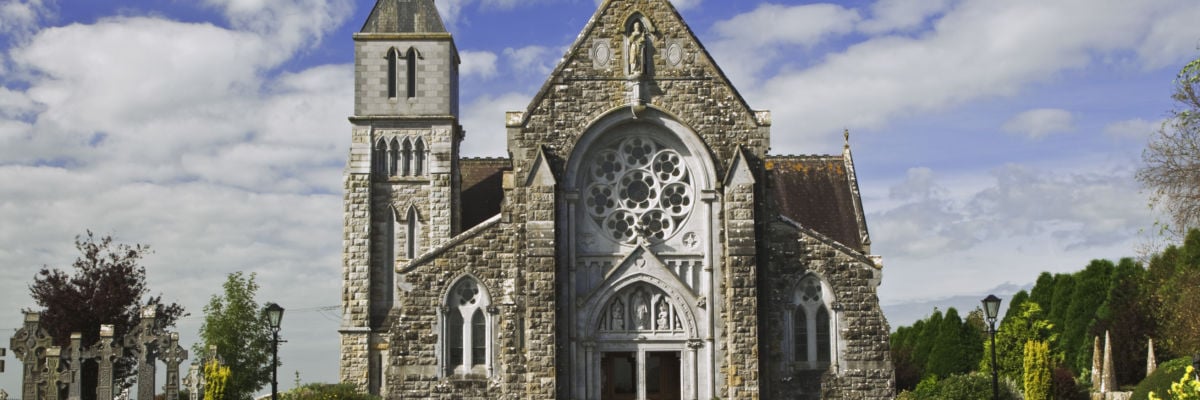
Question:
Answer:
The practice goes back to the early Church and serves as a reminder to the faithful that we are not simply a local parish within a regional diocese, but also members of the universal Body of Christ (Matt. 28:18-20), which also includes members who can intercede for us in heaven (see Heb. 12:1, 23).
Having a church named after a saint—or a church (including a cathedral) named after our Lord Jesus Christ—is a reminder that this world is not our ultimate home and that we are called today to be in communion with the Holy Trinity and the angels and the saints in heaven—and join them in heavenly glory one day.
The central purpose of a church—offering the Sacrifice of the Mass—further affirms our bond as members of the universal Church with a salvific goal, as heaven and earth become most profoundly one in the celebration of the Mass. Finally, relics of patron saints are placed in the altar to remind us further that the saints intercede for us, particularly at Mass (Rev. 6:6-9; see 5:8).



